Time to treat: consider your treatment options for control of pond weeds
By Matt Ward
At some point in the life of any body of water, pond weeds or algae growth is going to have to be controlled. In last week’s blog posting, we mentioned that most of the time this is going to involve herbicides and algaecides.
Think of these chemistries like scientifically tried and true pharmaceuticals for addressing pond weeds or algae growth. Treatments can be short term or provide extended control. Treatments can target all of one species of plant or target a broad spectrum of growth. Treatments can be in a particular area of a pond or occur across an entire water body.
All herbicides and algaecides serve particular purposes in particular situations. Just like any designed chemistry, these products are designed to be safe to use in the manner directed on the label.
Determine your target growth, select the appropriate chemistry, and learn the appropriate application method for that chemistry. In short use these products only as appropriate and only as stated on the product label.
Always remember that proactive control of pond weeds is essential to a healthy fishery. You should plan your vegetation treatment as part of the big picture as you consider your pond stocking plan and other pond management.
We obviously can’t go into detail on how to treat every kind of pond weed or algae you might encounter, but let’s go over a few basic uses of aquatic herbicides or algaecides ….
Marginal Growth
Sometimes pond weeds grow around the edge of a pond and create a significant barrier to access.
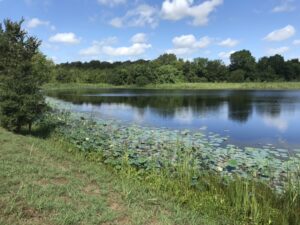
These pond weeds may need to be treated in their entirety or lanes cut into the growth to allow point access to a water body. This kind of growth can be treated with some full lake in water treatments but will generally best be addressed with foliar treatments with either systemic or contact herbicides.
Contact foliar herbicides usually only take a few days to work and rapidly turn growth brown beginning decomposition of plant material immediately.
Contact herbicides work quickly but often leave basal or root material viable. This live tissue often regenerates, rapidly regrowing a treated plant.
This means that contact herbicides are best used when plants are dormant or when rapid results are required.
In most cases, foliar systemic treatments will be used in lieu of contact herbicides. These chemistries tend to be slow acting taking many days to several weeks to kill the target pond weeds. These chemicals enter the plants through the leaves and then move through the plant to the roots killing the plant all the way down.
Systemic herbicides usually provide the best control but must be applied to actively growing plants.
In some situations a combination of contact and systemic herbicide is used to provide quick knockdown and extended control. Do note that seeds will generally escape various treatments eventually resprouting in the cleared area. Depending on the plant this can occur in a few weeks or up to several years after treatment.
Submersed Growth
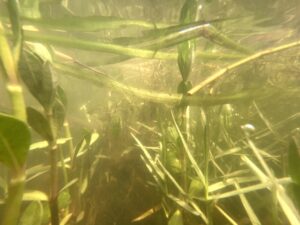
Most of the growth that lake managers struggle with is submersed pond weeds.
Whether algal or vegetative, submersed growth fills a lake’s water column, clogging up a waterway and causing the oxygen and habitat issues we have previously discussed.
Depending on your goals, treatments should be conducted whenever vegetation growth hits about 20% coverage. Treating proactively when growth is at lower levels reduces risk to the fishery and preserves good habitat.
With experience, a good fishery manager will know what the most problematic vegetation is and which treatments to prioritize.
Often certain pond weeds can be left alone because they have less aggressive growth habits or because they are easier for fishermen to fish.
Other pond weeds are prone to top out in deep water or grow very quickly.
These latter are always prioritized for treatment.
A plethora of chemistries is available for treating submersed plants and care should be taken when selecting the preferred product or application method.
Matted growth in deep water often responds well to the use of droppers to place the product directly on the growth. In other cases, granular products can be used to great effect. When you are dealing with topped out vegetation, sprays are usually employed for best effect. That being said, care should be taken to get the applied product down into the mat and not just misted out over the surface.
Perhaps the most important thing to keep in mind about submersed vegetation is the extreme amount of vegetation you will have per surface acre of water.
Many types of pond weeds can produce many tons of vegetative material per acre. This means that when you treat vegetation there is a lot of material that needs to break down.
The breakdown happens by decomposition, which is an oxygen-intensive process. It is easy to kill too much vegetation at a time and this can cause an oxygen depletion event which can easily lead to a partial or catastrophic fish kill. This risk is multiplied in the heat of summer when water’s oxygen carrying capacity is already strained.
Floating Vegetation
The last category of pond weeds is floating vegetation. This can range from duckweed to water hyacinth or the infamous giant Salvinia.

Some of these plants are native and many are exotic invasives.
Know that floating vegetation makes a barrier between your water and the air and as such can prevent oxygen exchange. A solid covering of floating vegetation can cause an oxygen depletion event which leads to a fish kill. Treatments are certainly species specific, but include systemic whole waterbody in-water treatments, contact foliar herbicides, contact herbicides, and foliar systemic treatments.
It’s important to target all of the growth as most of these pond weeds reproduce quite quickly. Look for brushy banks where floating plants can hide out. Selecting the right product to use is integral but correct application methodology is equally important to ensure you get the growth as thoroughly as you can.
When treating floating vegetation always take a look up the watershed from your pond or lake. Is there another water body that flows into yours? If so, try to find out if the floating vegetation comes from there.
Oftentimes a well-designed treatment is undone after a heavy rain brings a fresh batch of floating plants down from another water body. This is the time to get to know your neighbors and try to design a watershed wide management plan when possible. If you can’t address water bodies upstream it is occasionally appropriate to erect a floating barrier to prevent plants from washing into the main body.
Manage Pond Weeds for a Thriving Fishery
Know your plants, learn the correct product to address the growth, and learn the correct application technique or hire someone who does.
Correctly controlling pond weeds is key to fishery management, the first part of our fishery threesome (Habitat, Fish, and People). Correctly managed vegetation helps your fishery thrive, improves fish fecundity, improves water quality, provides aesthetic benefit, and allows access for fishing and other water activities.
Take a look at your lake and take care of the growth now, so as to avoid considering heavy treatments in the heat of summer.
Why Choose Lochow Ranch for Pond & Lake Management
Serving Texas, Oklahoma, Arkansas and Louisiana, Lochow Ranch Pond & Lake Management proudly puts more than two decades of experience to work for you. Our team includes biologists, technicians and other professionals with deep expertise in pond and lake management services.
Check us out if you are considering building a lake, looking for pond stocking services, to buy fish for a pond, or getting professional pond management and maintenance or fishery management. Our services include lake design, pond construction, pond renovation, pond water testing, electrofishing, pond stocking, control of pond weeds, and pond liming and fertilizing. Let us help you build your dream pond that will delight your family and friends for generations to come.
Click here to get in touch to get started today.
Matt Ward is a Fishery Biologist for Lochow Ranch Pond & Lake Management. He has a Master of Science in Biochemistry from Texas A&M University and has worked in fisheries management in Texas for 15 years. He brings a passion for good science and an interdisciplinary approach to the natural sciences to help property managers steward their aquatic resources and achieve management objectives.
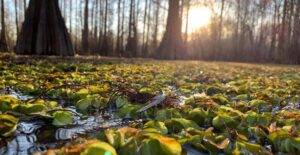
 In short, lakes fill up over time with plants and sediment, so controlling vegetation means slowing the fill-in process. This is a long-term benefit of vegetation control but there are many more immediate benefits to good vegetation management.
In short, lakes fill up over time with plants and sediment, so controlling vegetation means slowing the fill-in process. This is a long-term benefit of vegetation control but there are many more immediate benefits to good vegetation management.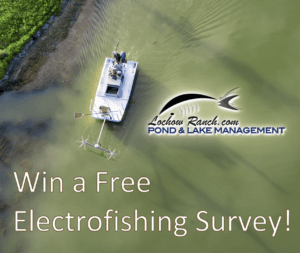
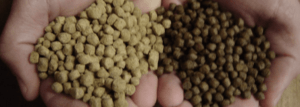
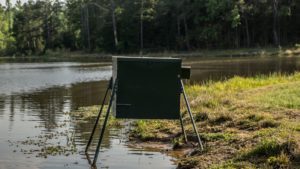 If you can visit your pond multiple times per day, every day, hand feeding will easily accomplish your purposes of feeding the fish.
If you can visit your pond multiple times per day, every day, hand feeding will easily accomplish your purposes of feeding the fish.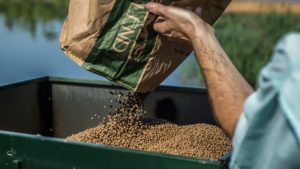 A few general principles apply: First, feed during daylight hours. Feeding during the day avoids allowing predators to grab a quick meal under the cover of darkness.
A few general principles apply: First, feed during daylight hours. Feeding during the day avoids allowing predators to grab a quick meal under the cover of darkness.
Recent Comments